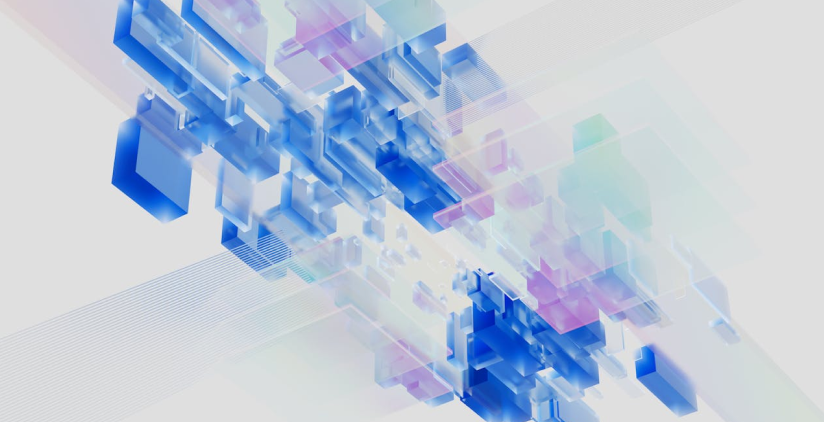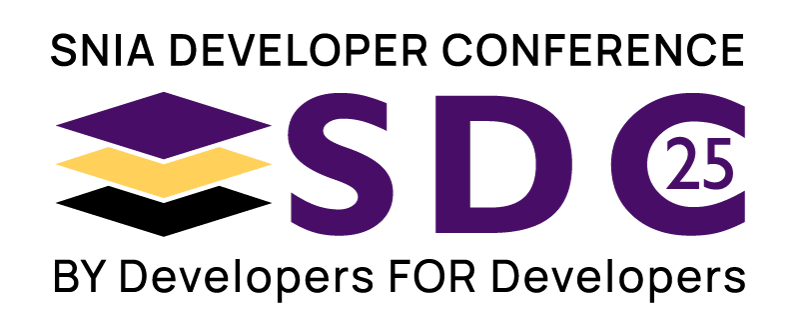
LTO Technology and Two-dimensional Erasure-coded Long-term archival storage with RAIL Architecture

Abstract
This is a two-part detailed technology presentation on LTO, erasure codes, and archival storage. In the first part, we will cover core LTO technology by reviewing areal density roadmaps, physical and logical LTO formats, and data durability for long-term archival applications including environmental requirements. In the second part, we will discuss new two-dimensional erasure-coded tape for durable and available long-term data storage where random access is used. Tape has recently reemerged as the lowest cost medium for different levels of cold data in archival data storage. The old cliche about tape being dead is no longer the case. Instead, the new feeling is that tape has found a new home in hyperscaler data centers. This is due to three key factors: total cost of ownership (TCO), roadmap, and durability—a must for the new zettabyte era of cold data storage. In this era, the consensus among analysts is that data is growing at approximately 40 to 50 percent per year. IDC estimates that by 2025 there will be 7 trillion gigabytes of cold archive data to manage. This which is why tape has reemerged as the unprecedented cold storage medium of choice. However, these massive scaling predictions have resurfaced some of the old challenges with new requirements as areal densities increase—such as typical tape and drive errors, human interactions, and environmental conditions. When we consider the fact that systems (due to low TCO) may operate in an open environment using cartridge to drive ratios around 100:1 with complicated robotics libraries, the need for a different data protection policy with adaptive drive and media management other than legacy copy systems becomes important. In this presentation we will introduce a new erasure-coded tape architecture using Redundant Array of Independent Libraries (RAIL) to solve this complex problem by offering lowest the TCO cold storage system with high data durability and availability.
Learning Objectives
- Gain a fundamental understanding of core LTO technology, including areal density roadmaps, physical and logical LTO formats, and data durability for long-term archival applications
- Learn real world tape and drive error pareto analysis and overview on Durability NINES modelling for Erasure-coded cold storage using modified Markov Model
- Understand how new two-dimensional erasure-coded tape with RAIL architecture can be used as Low cost, durable and available long-term data storage with random access for the new Zetabyte Era



